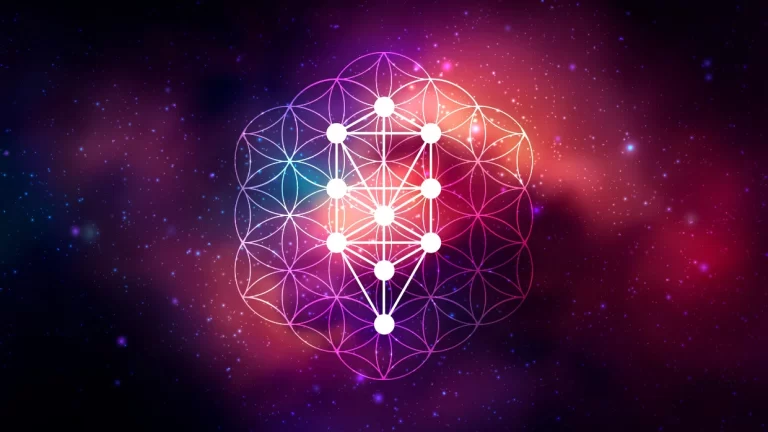Zohar: the Book of Splendor, written by Rabbi Shimon bar Yochai in the 2nd century CE, is the foundational text of Kabbalah. It discusses the mystical interpretation of the Torah and the nature of God.
Bahir: the Book of Brightness, attributed to Rabbi Nehunia ben HaKana, is an early kabbalistic text that discusses the ten sefirot, or divine emanations, and their role in creation.
Eitz Chaim: the Tree of Life, written by Rabbi Chaim Vital in the 16th century, is a comprehensive exposition of the teachings of Rabbi Isaac Luria, known as the Arizal, on the nature of the sefirot and the mystical aspects of Judaism.
Kabbalistic texts continue to be written and studied by scholars and practitioners today, as the tradition of Kabbalah remains alive and vibrant in Jewish communities around the world.
It is a mystical tradition within Judaism that delves into the hidden aspects of the Torah and seeks to understand the nature of God and the universe. The main concepts of Kabbalah include the 10 Sefirot, the Breaking of the Vessels, and the Partzufim. Kabbalistic texts, such as the Zohar and the writings of Rabbi Isaac Luria, are studied and practiced by those seeking deeper spiritual understanding. While Kabbalah can be complex and challenging, there are accessible entry points for those interested in exploring this mystical tradition. Kabbalah is the study of understanding and relating to God, essential for grasping many of the Torah’s commandments. It is not just a single book but a vast area of study with thousands of texts exploring kabbalistic concepts such as the 10 Sefirot, the “Breaking of the Vessels,” and the Partzufim. Practiced through study and prayer, Kabbalah’s deepest secrets may require a thorough Torah education to fully comprehend, but many important ideas have been made accessible to the general population.
FAQs:
– What is the book of Kabbalah?
Kabbalah is not confined to a single book but encompasses a wide range of texts written or compiled over the past 2,000 years. Some significant kabbalistic texts include the Sefer Yetzirah, the Bahir, the Zohar, writings of Rabbi Moses Nachmonides, Pardes Rimonim, and the works of the Arizal as recorded by his disciples.
– What is a Kabbalah Bracelet?
The red thread, commonly associated with Kabbalah bracelets, does not have a clear origin in Jewish tradition and lacks substantial kabbalistic significance according to available sources.
In conclusion, Kabbalah offers profound insights into spiritual matters and the nature of existence, with its teachings encompassing a wide array of texts and concepts that can deepen one’s connection to God and the universe. To regenerate means to renew or restore something to its original or better condition. It can also refer to the process of regrowing or replacing lost or damaged tissue or cells in the body.
Source link

